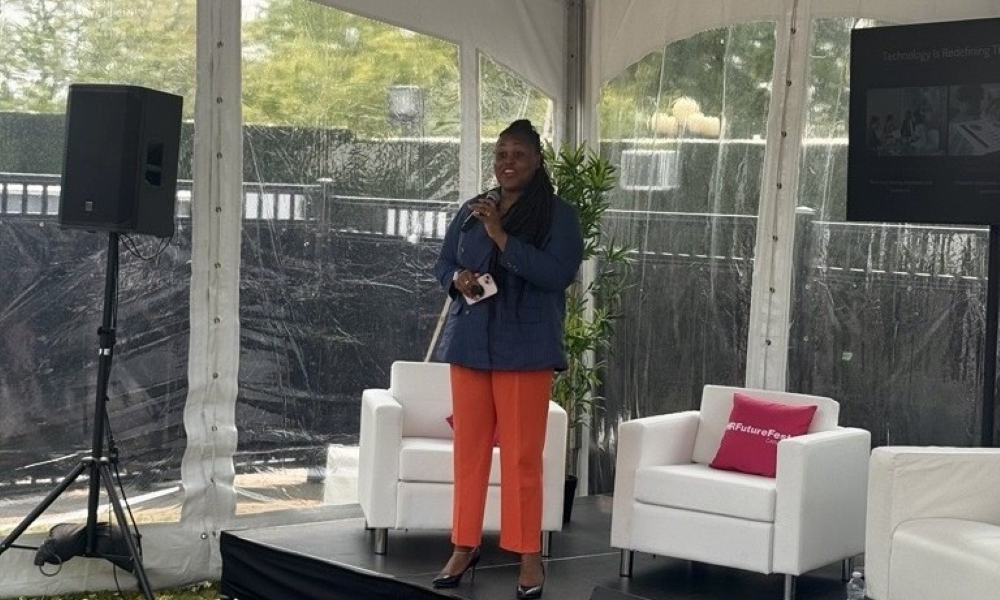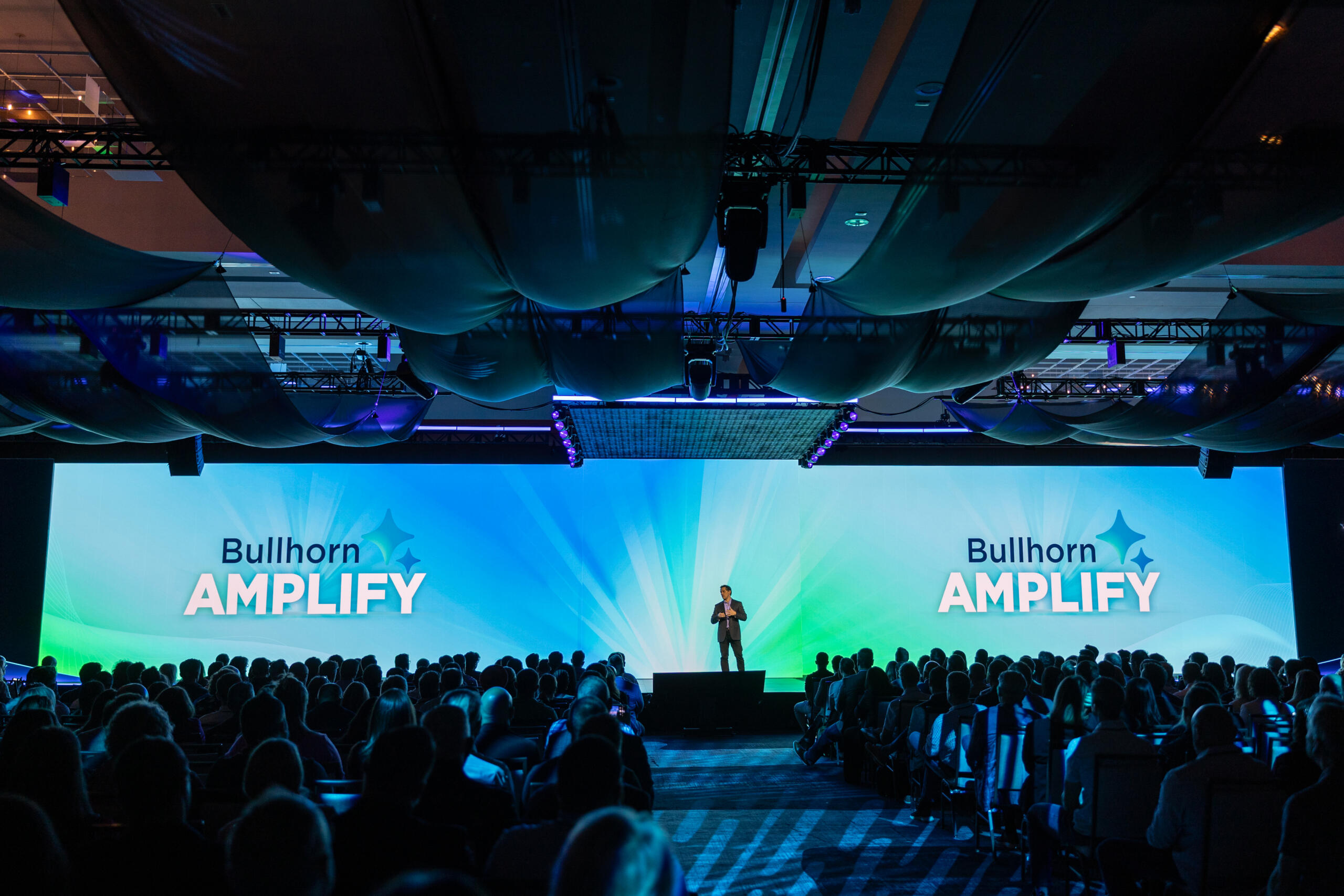Mergers and acquisitions, no matter the size, are a challenge for HR leaders.
From onboarding employees to facilitating benefit and compensation changes, all while integrating two companies’ employee experiences, HR pros handle a lot during the M&A process, and communication is key to managing it all, workplace experts have previously told HR Brew.
Carina Cortez, chief people officer at talent experience platform Cornerstone OnDemand, has overseen multiple M&As in her HR career. She shared with HR Brew the lessons she has learned along the way.
This interview has been edited for length and clarity.
What have you learned from overseeing employees through M&As?
One of the challenges we noticed, particularly from the HR or the people team side, was that if you involve HR late in the process, we can feel like a roadblock to the rest of the company, because there are things that we need to ensure…There’s a consistent set of processes that can be documented to make sure you’re asking the right questions.
Something that was really interesting that we did for a smaller acquisition that I was involved with is…we were able to identify onboarding buddies for each person that was coming into the organization. So, here at Cornerstone…we have a gig program that we offer to basically say, “Hey, you have an opportunity to share your great background, as a Cornerstar (what we call our employees), and help onboarding some of these folks that are coming from the acquisition”…They had someone to go to with those questions you might be afraid to ask or silly little things that they might not feel comfortable asking the leader in the organization. They had this partner, and we saw that really drive engagement.
What did you learn from your first M&A that informed your later experiences?
Everything, to me, from an HR perspective, comes down to just communication…That ability to take away as much of the unknown and the fear as you can, from both sides of the house, if you will, is super, super important.
[Employees] are going to want [to know], “What’s in it for me?” They want to know about what’s going to happen [to] my payroll? Am I going to get my paycheck? How are my benefits going to be impacted?…Just being able to speak to those things up-front is super critical. So, the onboarding of the new team into the organization is a place where you’re going to create a moment that matters…Making sure there’s regular check-ins that happen, so that everyone knows what’s happening when, and you can keep that really clear…Work directly with the managers who will be over these teams, so that you look at compensation for not just the people joining, but how is that looking comparatively from an internal equity perspective of [the] employees who are going to be working side-by-side these individuals?
Quick-to-read HR news & insights
From recruiting and retention to company culture and the latest in HR tech, HR Brew delivers up-to-date industry news and tips to help HR pros stay nimble in today’s fast-changing business environment.
What should those regular check-ins look like during the M&A process?
Weekly, or even more frequently. Sometimes, you actually need to have a daily check-in, depending on what information are you getting, how quickly is it moving?…In my experience, they’ve typically lasted maybe six to even 12 months post-acquisition. Because there are things that you might still be integrating in…Being able to have a feedback mechanism for that is important, because if you don’t know what’s happening, you’re not going to be able to flex to meet the needs or provide the right information at the right time.
What advice do you have for HR leaders fielding M&A questions they don’t have the answers to yet?
To me, it’s about transparency. To say when you don’t know or you need to research something, I think that actually goes a long way, versus just staying silent on it. And be clear about when you might be able to get the information…Then, also just making sure that there is a forum for those new employees to offer their voice in terms of how things are going…Those touch points, or those feedback meetings, can’t stop [by] the date of acquisition. You need to have additional touch points, so that you can continue to understand what’s going on.











